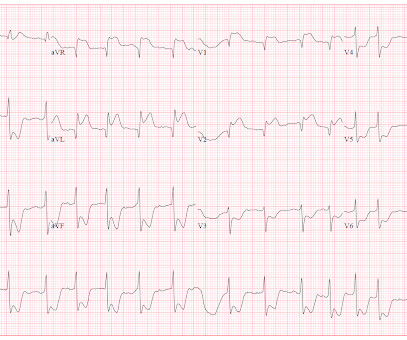Abstract 172: Outcomes and Complications of Stent?Assisted Aneurysm Repair in Acute Subarachnoid Hemorrhage
Stroke: Vascular and Interventional Neurology
NOVEMBER 9, 2023
IntroductionThe use of detachable coils for endovascular embolization of cerebral aneurysms has become a safe and effective alternative to direct surgical clipping in patients with ruptured aneurysmal subarachnoid hemorrhage. The post‐procedural complication rate proved to be higher than in non‐ruptured stent‐assisted coiling.


































Let's personalize your content